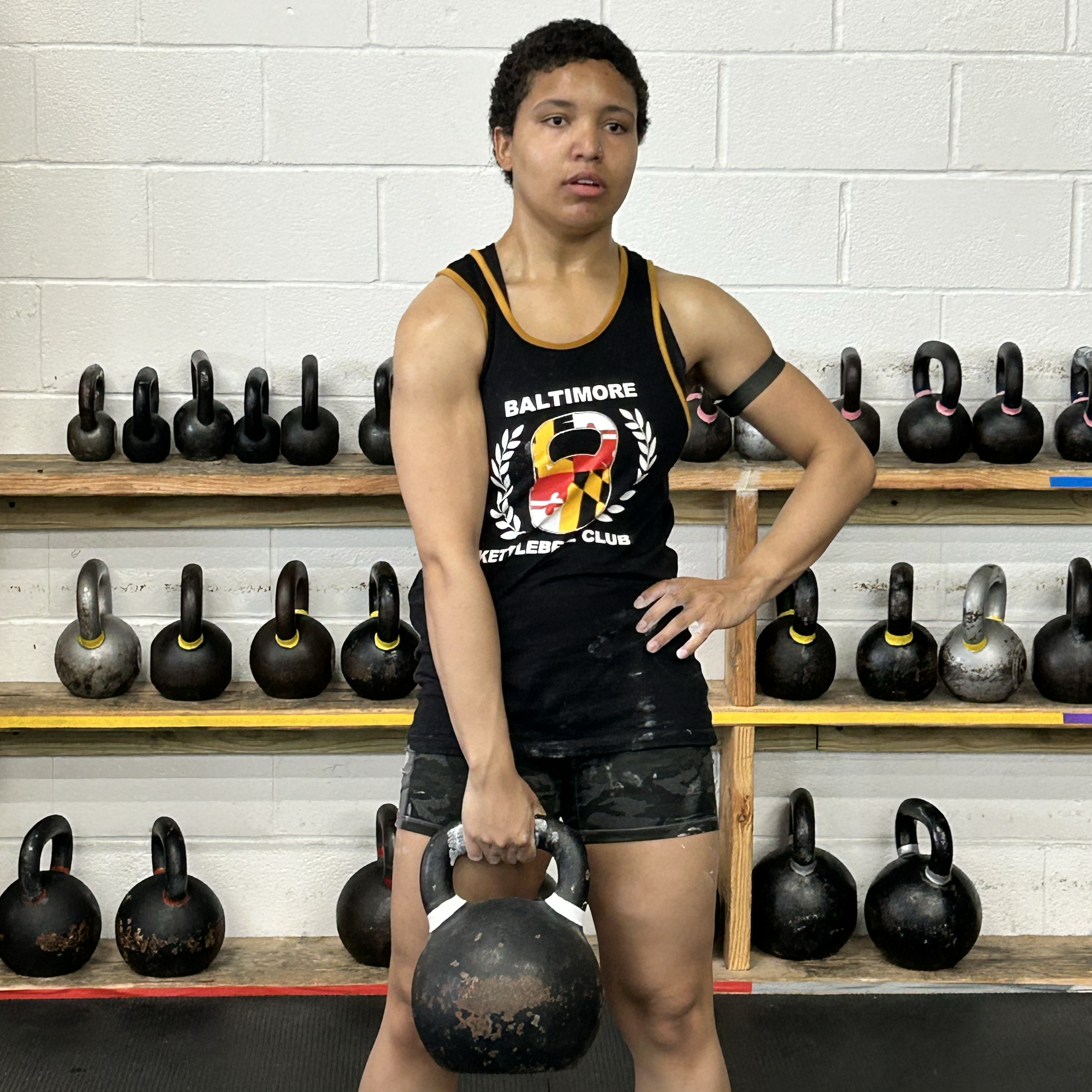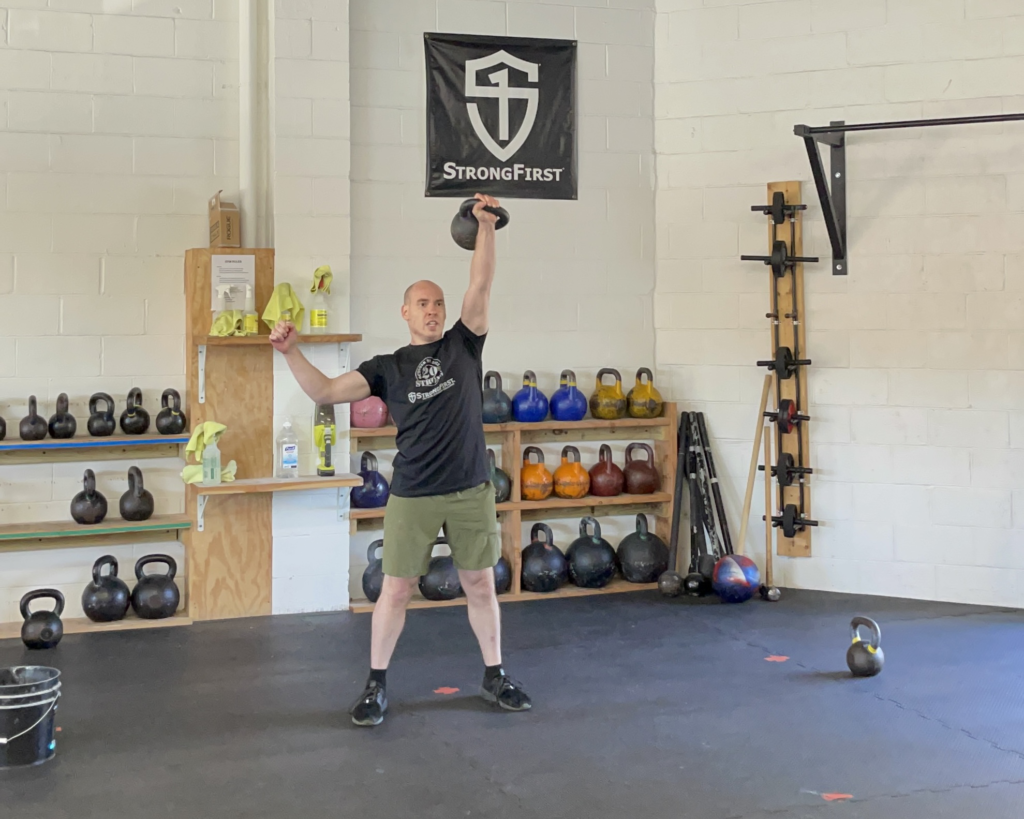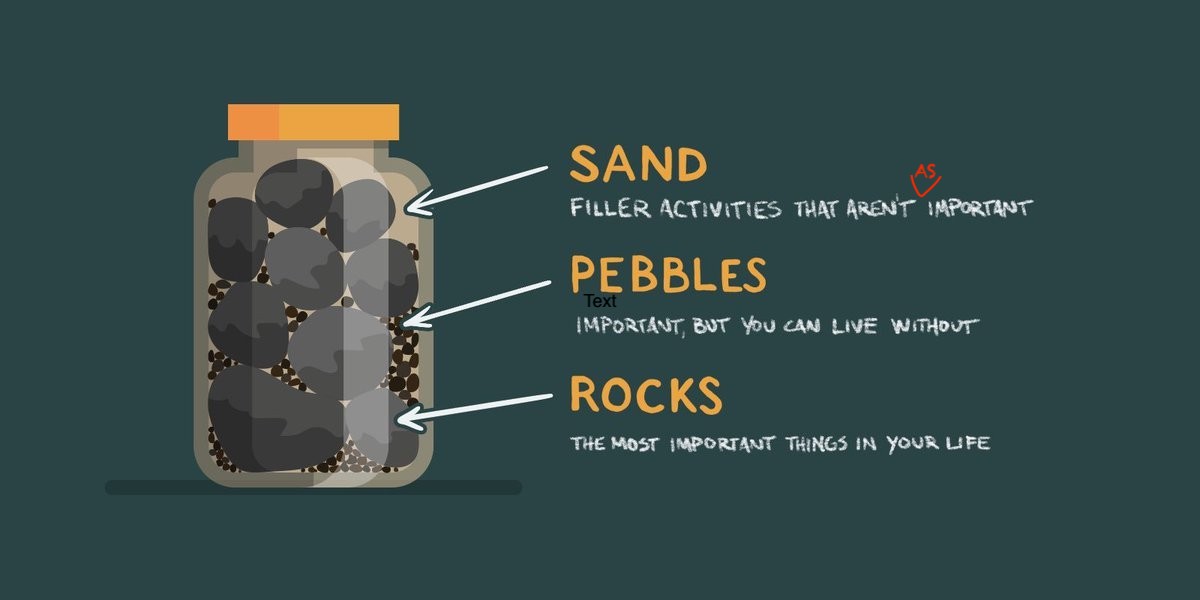
Our Kettlebell programming focuses on the 6 main lifts that are taught in the StrongFirst SFG1 certification. These lifts, along with their variations, progressions and regressions, are the foundational skills in kettlebell training. Whether or not a student plans to pursue becoming an instructor is irrelevant. Learning these exercises will develop a proficiency in kettlebell training and build every aspect of fitness.
The 6 main lifts are: swing, clean, press, squat, snatch and get up. We cycle through each one of those lifts monthly, twice a year. (All of these lifts are detailed in the Kettlebell Start Up Guide)
That is not to say that we don’t press during “swing month” or snatch during “squat month.” Quite the contrary. We always do some form of push, pull, squat and hinge regardless of what the focus lift is. That includes exercises that are outside of the StrongFirst curriculum. More on that later…

Monthly Programming
One month is effectively a meso-cycle in sports periodization. A monthly focus allows us to dive deeper into the practice of the lift – the nuances of technical proficiency and progression. This is when we strive to add weight, reps, decrease rest, etc. It’s also a time to identify areas that need improvement and incorporate accessory exercises.
Each week the workouts get tougher and there is usually a test week at the end of each month (e.g. “move the board”).
The following month begins with a “punch the clock” workout. I’ve written about that workout before, but that could be used as a deload or a test week. PTC is a consistent full body workout that covers all the major muscle groups including cardio. It’s easy enough for newbies to learn, and scalable for more advanced users.
Bi-Annual Programming
As previously mentioned, we cycle through each focus lift twice a year. Sometimes the monthly kettlebell programming will change, sometimes it will not.
Rest assured that repeating a month’s worth of training two times over the course of a year is not simply redundant / lazy programming. [Same goes for repeating workouts over the course of many years.]
It should be obvious that the more you do something, the better you get at it. That is as true for workouts as it is individual exercises. Unfortunately a common theme in fitness these days is variety for the sake of variety. Random acts of exercise to appease ever shorter attention spans. Or worse yet, trainers making up silly and often dangerous exercises to seem “cutting edge”.
Getting truly strong takes years of hard work. Strength and fitness is not something developed over the course of a couple months (or even a couple years). You will do hundreds of thousands of reps over the course of a lifetime; and a lifetime is exactly how you should think of this journey.
Because once you’re strong (however you define it) you will then need to maintain it. And build on it when you can. This process will repeat forever and ever. Unless you quit.
But there’s no quitting some things.
Movement Patterns
Keep in mind human movement patterns never change. You will always need to bend over to pick things up (row, deadlift); you will always need to get up out of a chair (squat); you will also need to reach overhead (press),
Because of that, the 6 lifts taught in level 1 certs are not the only lifts we do in the kettlebell programming at BKC. Some of these movement patterns are outside of SFG skills, and some are outside of what can be done with a kettlebell (e.g. vertical upper body pull).
The movement patterns are upper body pushing & pulling (in both horizontal and vertical planes); and lower body pushing & pulling (or hinging). You also have unilateral variations, rotational movements and loaded carries. These are movements involved in our ADL’s (activities of daily living).
Since these movements are part of our ADL’s they should be trained on a regular basis. So expect to see bent over rows (horizontal pull), push ups (horizontal push) and pullovers (the closest movement to a “vertical pull” we can do without a pull up bar or pull down machine).
Beware of any strength training program that doesn’t address these movement patterns.
How does it all fit together?
I like to use the rocks, pebbles and sand analogy. Let’s say you’ve got a jar that you want to fill with as much rocks, pebbles and sand as you can. The rocks are the most important, so you put them in first. The pebbles are semi-important, they go in next and fill up the space between the rocks. Lastly the sand, which is less important, goes in to fill the space between the pebbles.

Note that if you fill the jar with the less important sand and pebbles, you won’t have room for the more important rocks.
This analogy is a way to think about how to prioritize training in particular kettlebell programming.
The jar represents our time / energy. We only have so much time and energy to spend training, and we want to fit as much into an hour as we can.
The rocks are the SFG skills and movement patterns, in particular pushing & pulling. The pebbles would be unilateral variations and carries. The sand is neck, grip and ab work, stretching, etc.
Nothing is ever a one size fits all.
Of course, there’s some fluidity there and individual needs vary. For example some people need a lot of stretching and some people need little or none.
It’s difficult to put together a “catch all” program for a large group of people with different backgrounds and abilities. However, a popular quote often cited in StrongFirst circles is “Strength is the foundation for developing the rest of physical qualities,” – Prof. Leonid Matveev.
StrongFirst is not only a “school of strength” but a training philosophy. As mentioned, it takes years of hard work to get really strong.
And when you’re strong, you have a good base for cardiovascular conditioning. Stronger legs can carry you faster and for longer distances. You can also get into decent cardio shape in just a few weeks when you are well muscled.
As for flexibility (or lack thereof), that can sometimes be attributed to lack of strength. Many people are unable to squat deep because they don’t have the strength to get out of the “hole”. Or their muscles are so stiff from being unused that almost any activity improves their range of motion.
I am not making a case against stretching or cardiovascular work, but strength training is the priority for good reason.
Also, stretching and cardio are best done regularly throughout the week. Shorter bouts done daily will yield better results than longer bouts done less frequently.
My recommendation is to come to the gym early to do dynamic stretching before lifting, and static stretching afterwards. Also, do additional cardio on days that you don’t lift, repeating the stretching routine (dynamic pre-workout, static post-workout).
Summary
The kettlebell programming at BKC incorporates a combination of StrongFirst SFG skills and basic human movement patterns. Our goal is to make people full body strong, conditioned and proficient kettlebell users. We focus on a dozen or so exercises that provide the maximum benefit for the minimum investment. There is a new theme each month and we progress as the month goes on. For that reason people cannot just drop in at any time without prior experience. New users must start at the beginning of the month (i.e. the beginning of the program) and progress with the rest of the class. Each workout will incorporate some mobility and some cardiovascular work, but our priority is strength. We are StrongFirst.
